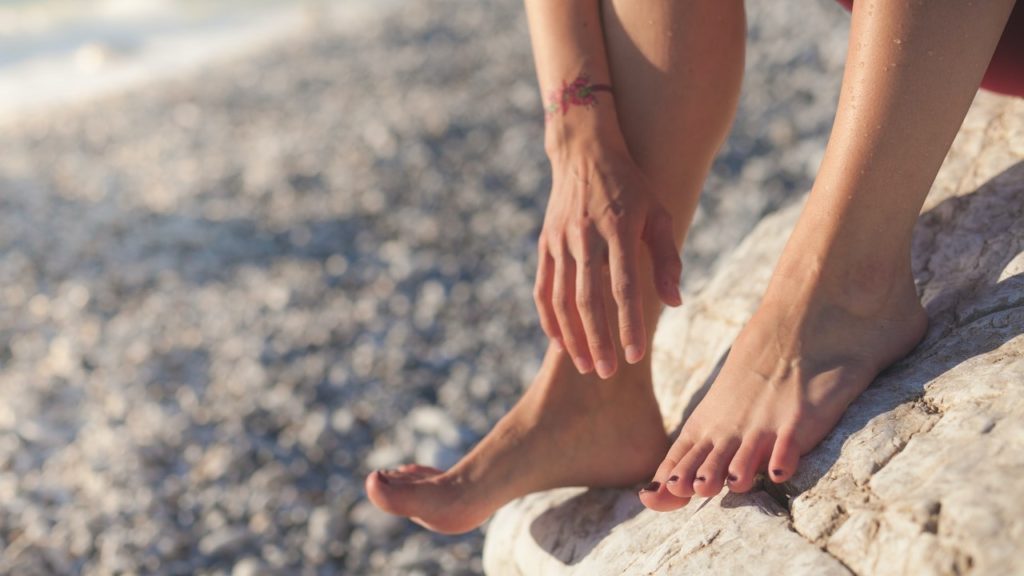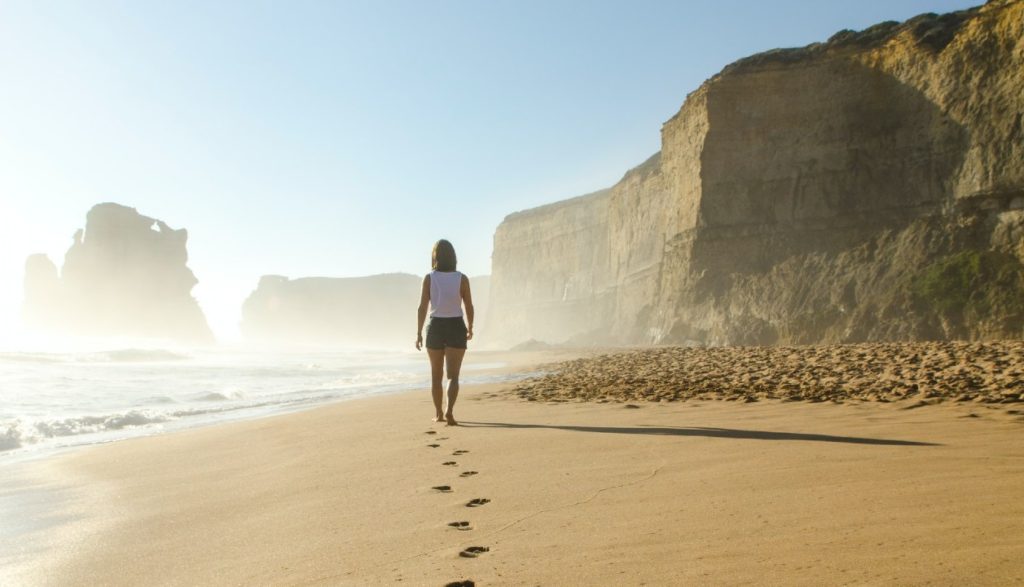Ever had a day when you come home from a long day’s work where you’re standing for long periods of time in uncomfortable shoes and notice what appears to be a skin bubble on a sore part of your feet? This is known as a blister.
What is a Blister?
A blister is essentially a fluid-filled pocket in the skin. By and large blisters are due to the excessive friction or abrasive force, which breaks down the layers of the skin causing fluid to fill it. Though they can form from ill-fitted shoes, whether they may be too tight or too loose, they can also form when individuals walk, stand or run for an extended length of time.
The most common areas on your feet where you might find a blister are usually areas where a bony prominence or protuberance contacts either the inside of your shoes or the ground itself. This includes areas like your bunion, toes, or top of the foot.
If you’re someone who sweats a lot in your feet, particularly when wearing shoes, this can cause blisters to form more easily. Therefore, many athletes who are training for much of their day and who are sweating in their shoes can form blisters after they’re done with their regiment.
Though they may feel uncomfortable, blisters typically resolve on their own when the feet are given a bit of rest, ice, application of antiseptic, change in footwear, and being checked by a podiatrist.
Blisters can also sporadically form on your legs if you have any swelling in your legs from any venous compromise issues, particularly if you lead a sedentary lifestyle. This can happen even if nothing seems to rub on your legs because these types of blisters are due to the high fluid pressure in the legs.
Seeing your podiatrist and a vascular specialist to manage the swelling in your legs is recommended. Other causes may include an insect bite, a burn or an infection in the skin.

So, the next time you notice a blister, follow these steps:
1. Wash and cleanse your feet. This gets rid of any sweat along with any bacteria or fungus that may reside on the surface of your skin.
2. Apply Betadine on the region and cover with a band-aid. Betadine works as an antiseptic which can help it kill any bacteria in the area as well as it helps to dry the area out.
3. Apply moleskin on the inside of the shoe that is causing the rubbing on the skin. Moleskin is a heavy cotton fabric with an adhesive backing that is applied to areas to reduce friction and irritation to the skin.
4. Change your shoes. Sometimes it’s the shoes that can cause some wear and tear on your feet, whether they are old or new. Something as simple as changing your shoes to something more accommodative or soft may do the trick. Shoes that are also the correct length, width and toe box height are also factors.
5. DO NOT pop it! Some sources will say to simply pop the blister with a needle when at home. DON’T DO THIS. This might lead to a serious infection and wound care, especially if you’re diabetic. If the blister needs to be deflated, we strongly recommended it is done by a podiatrist in a clinical office setting with proper instruments and aftercare. Even if it pops before you see a podiatrist, follow the first two steps and still seek help from a professional before it gets worse.
6. I’ve done all these steps. If you’ve exhausted these steps but notice the blister getting worse, becoming more red or notice new blisters forming, then make an appointment with one of our award-winning expert podiatrists at Advanced Foot Care of Manhasset, Huntington, Coram, Woodbury, Mineola, Williston Park, Maspeth and Ronkonkoma.





